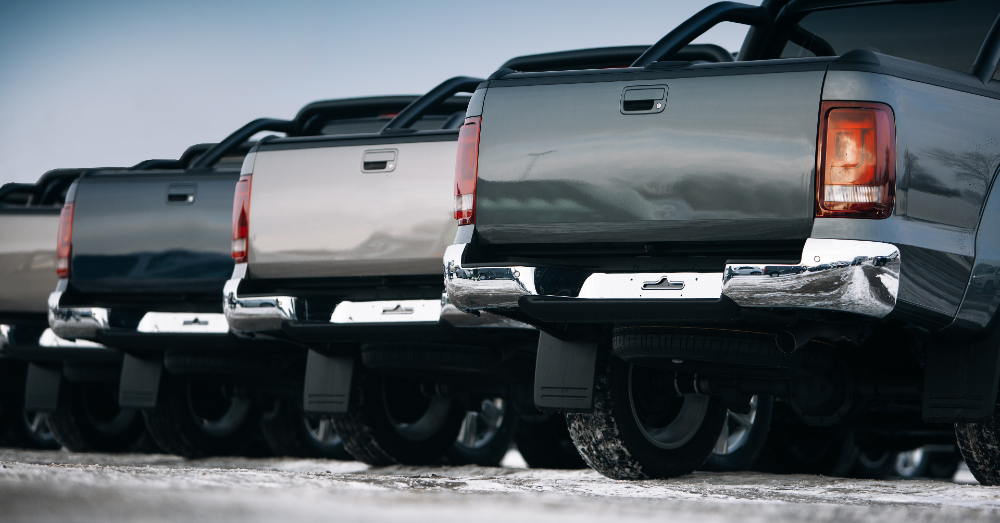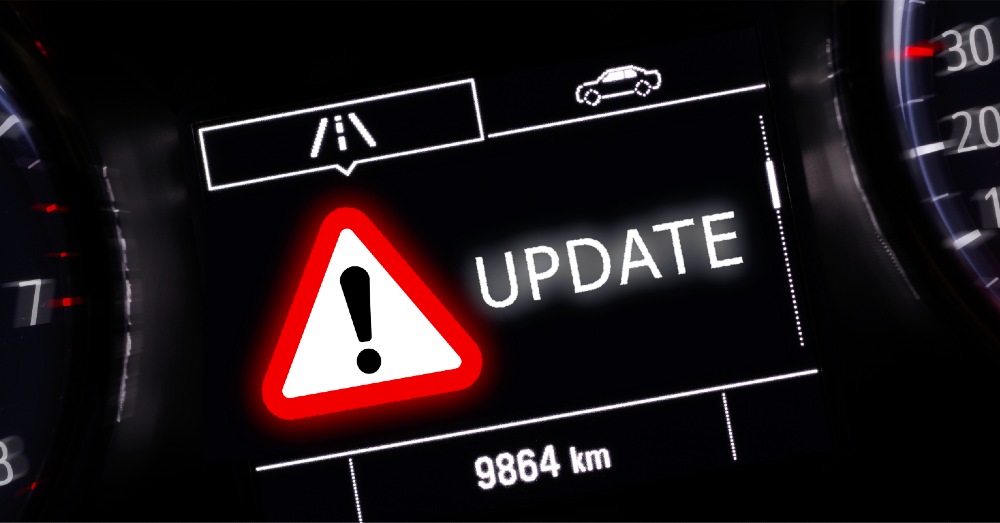
GM is Helping Solve the Seat Belt Usage Issue
Did you know there is a seat belt usage issue? If you didn’t and you buckle up every time you drive, you might not need to read this article.
For some unknown reason, highway deaths are at a 15-year high and more drivers than ever are failing to use their seat belts to protect themselves in an accident. This is a huge worry for the NHTSA, IIHS, along with most governmental bodies around the country.
A Law that Many Are Scoffing At
It’s not new information that every state in the country has a seat belt law and requirement. Some states even require passengers in the rear seats to buckle up. An example of this is North Carolina where the driver and front-seat passenger can receive a ticket for $180 when not buckled up while rear-seat passengers could receive a ticket for $10 if not secured with a seat belt.
For some reason, statistics show that of all the fatalities on the road, nearly half were not wearing seat belts. This might sound like it makes some sense because seat belt usage is supposed to save lives and we’re talking about fatalities. How many deaths could have been prevented if some of these people had been using their seat belts to keep them securely in their seats?
A Review of the Purpose of a Seat Belt
Why should you wear your seat belt when you’re in a car? Other than the fact that it’s the law, you should wear one because it is the primary safety feature of your vehicle. All those alerts and warnings that are given to the drive don’t prevent a vehicle from being in an accident. Even the systems that are meant to slow a vehicle down or try and avoid a collision aren’t foolproof and can’t prevent every accident.
With the idea in mind that your vehicle isn’t going to stop an accident, the seat belt is made to hold you in your seat during a collision. Seat belt usage is a must for all of the other safety systems of your vehicle to properly protect you. All you need to know to understand this is to watch some of the crash test videos with the difference between the dummies that are belted in and those that are not.
Secondary Systems Work Best With Seat Belt Usage
Occupants who are belted into their seats will have the primary safety of the belt-tightening to keep them from moving out of the seat. In a simple fender bender, this may be all the safety you need. In a car-damaging collision, you need more than this. The airbags, crumple zones, and structure of your vehicle are meant to protect the passenger compartment of your vehicle. This can only happen if you’re securely belted in.
Without a seat belt being used properly, your body could be tossed around the cabin and the secondary safety systems of your vehicle could do more harm than good to your body in the process. Airbags come out at nearly 200 mph and are meant to soften a blow directly in front of where you sit or on the side. If you’re not secured, these airbags could bounce you into the dashboard, shifter, steering wheel, or through the windshield.
What is GM Doing to Promote Seat Belts
Since drivers seem hell-bent on ignoring the law and driving around without their seat belts fastened, GM came up with a solution that would encourage drivers to buckle up. They now have a feature in their vehicles that will allow the vehicle to be started, but not put into gear unless the seat belt is buckled. A message then comes across the dashboard that says “Buckle Seat Belt to Shift” which reminds drivers to put their belts on.
Will this change increase seat belt usage? It could in GM vehicles, but those that are not going to wear their seat belts can certainly find a way around this challenge. We’ve all had that friend or relative that has the seat belts buckled but sits on them instead of using them properly, just to satisfy the safety features of the vehicle.
Seat belts aren’t meant to infringe on your freedom in a vehicle, they are meant to keep you safe and work as the primary safety system when you’re in an accident. Don’t be a dummy, buckle up! It’s the law, it’s safe, and it could save your life.
This post may contain affiliate links. Meaning a commission is given should you decide to make a purchase through these links, at no cost to you. All products shown are researched and tested to give an accurate review for you.



